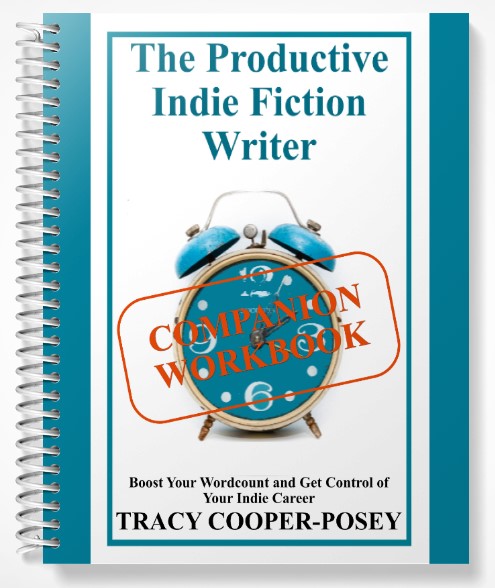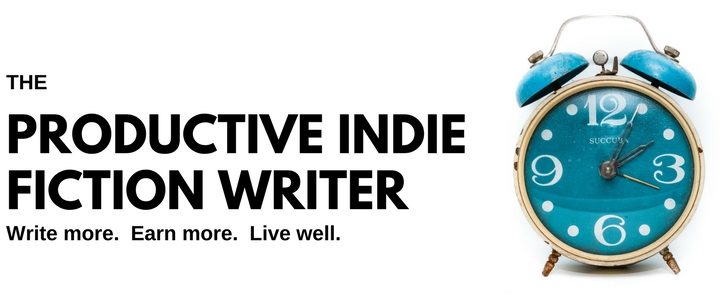
This is Part Two of a post. Part One is here.
Last week we looked at the reasons why Overwhelm can dump on you, usually appearing out of the blue. This week, some tactics and strategies to deal with Overwhelm.
The key: Regain control.
If you’re already at the point of overwhelm, then you don’t have time to deal with the upper right quadrant stuff (Non-Urgent, but Important). You have upper left (Urgent and Important) and lower left (Urgent and non-Important) crises screaming at you.
This is where you need to switch to crisis management, while also working toward shifting to the upper quadrant stuff.
The four step process to stop the crazies.
1. Write everything down.
I’m married to a man who keeps everything in his head. I mean, everything. He doesn’t use a Contact manager, or a calendar, or task manager. He plots his novels in his head, too.
However, when he’s feeling the tension of too-much-to-do-too-little-time, even he writes everything down.
The act of writing everything down has two outcomes:
- You get everything out of your head and don’t have to worry you’ll forget anything.
- You can see it all in one place and organize it.
I use a Word file and my keyboard. You might prefer pen and paper, or a notebook, or Evernote. It doesn’t matter how you purge the worry beads, so long as you get them out of your head.
Write down everything. Even the stupidest little niggles (“My shoe lining is coming loose”).
The act of writing everything down will give you a sense of relief, because you’re doing something. You’re grasping the nettle.
Just don’t stop there.
2. Sort the priorities
Once you think you’ve got everything on paper, start sorting. You’ll likely remember items later, that you can add to the list as you go. Don’t stall at this point because you’re afraid you’ve forgotten something.
How do you sort things out?
It’s up to you how you group your items. If you’ve never done this before, try pushing them into their quadrants, per the chart, above.
How they get sorted isn’t as important as what you do with them when they are.
At the very least, sort your list out into items that are keeping you awake at night, versus less critical emergencies.
The aim is to decide which tasks you must pay attention to first, and which can drift for a few hours (days/weeks), while you put out fires. The fires are those tasks that, if you don’t do something about them immediately, will get you arrested or fined or force you to start job-hunting or move back in with your parents.
3. Put out the fires
Even among the currently burning tasks, there will be one or two that are critical. Deal with them. Now. Don’t put it off.
Then deal with the next fire and move down the list.
How? You quite likely know what you need to do to put out the fires.
- Have a (probably painful) conversation with the tax department and set up a payment schedule.
- Get the slow leak in your tire fixed, then keep your tires properly inflated and regularly checked.
- Change your book’s price on your dashboard–then write a checklist of book retailers who carry your books, so that when you need to change the price, you don’t overlook any of them.
- Deal with the trolls, get the reviews removed (if you can), and move on.
There will be some negative consequences that you cannot avoid. Tax fines. Interest charges. Debt collectors. Sucky credit rating. Unimpressed readers. Lost sales.
Work to minimize the damage, and accept what you cannot avoid. Acknowledge that the shit is absolutely your fault….but temporary, because you have no intention of reaching this point ever again.
4. Find time to deal with the underlying problems.
Once all the major fires are out, you should experience a great rush of energy and motivation. You will no longer feel like diving into a barrel of vodka from a great height.
This is the perfect time, when your motivation is high, to ease into long-term management of your priorities.
5. A unique step for 2022 and onward—accept that this is the way things are now.
There could be a number of items on your pain list that are the result of the pandemic. But they’re nagging you like a stone in your shoe, anyway.
Have a really close look at those issues and ask yourself if it isn’t time to accept that this is the state that the chronic “problem” will remain in for the foreseeable future. Is waiting for it to correct itself and get back to a “normal” state the new definition of insanity?
What if you resettled the gameboard, and accepted that this is the new normal, as it is right now? What do you need to do to change the state of whatever-it-is to something you can live with in the long term?
Or maybe off-load the issue altogether, as the old days when that thing was a good thing to have/do/be are never coming back.
I mentioned the lack of new siding for our house at the start of this post. After eight months of non-delivery, and with winter snow setting to fall at any day, we accepted that this was a problem that wasn’t going to magically fix itself in the next couple of days or weeks, or even months.
So we stapled housewrap over the bare wood walls to protect them through winter, smiled apologetically at the neighbours for having to put up with the eye-sore, and forgot about the new siding. Come summertime, we’ll start asking again, but actually getting a siding delivery will be a nice surprise for us.
We’ve moved on.
I’ve done the same thing with local writing groups and conferences: I’ve given up on waiting for them to get back to normal. On-line events are the new normal, so I’m trying to learn how to maximize attendance and networking at them. Zoom meetings are never going to go away, now. Best to adapt.
If there is a local, in-person event sometime in the future, I’ll be pleasantly surprised. Or maybe I won’t be: Maybe I’ll have got so used to on-line events, that the inconvenience of having to leave the house (and put on a bra, for heaven’s sake) makes on-line events look fabulous in comparison.
Things will change. Things always change. But they won’t change back. And don’t fall into the trap of waiting for those changes. Deal with how things are now.
Start shifting your work from the Urgent side to the Non-Urgent side.
This is where daily habits and schedules and fussy time management will help. It will take time to train yourself to attend to what feels like mundane and trivial tasks, but this is the guts of an indie author’s workload.
Non-urgent but Important tasks are the stuff of every day. They’re accomplished because they become habits, and items on checklists, and minor five-minute tasks that are completed almost without noticing…that in the long term, will keep you productive, sane, and away from the ice cream.


Write More, Faster Than Ever Before
The Productive Indie Fiction Writer Workbook now available for pre-order!
